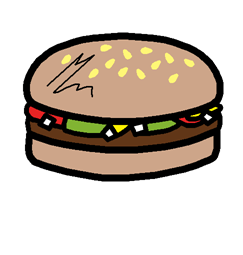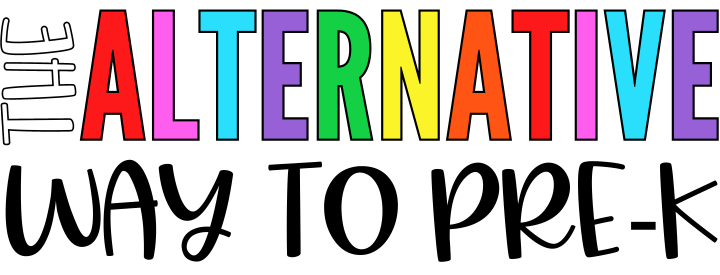Almost every parent starts teaching their child baby sign language around six months. This usually includes basic ASL(American Sign Language) signs like more, please, and eat. Developmentally this works for children under 18 months since they have developed the oral motor skills to produce speech.
What about when your child passes the 2 year mark? At this point a typically developing child should be speaking in 2-4 word utterances and will no longer need to rely on sign language. For children with developmental delays it may seem like sticking with sign language is your best bet. However, this is not the case.
ASL (American Sign Language) was developed in the 1800’s for the Deaf. It was the sole means of their communication. It then was utilized for those who had speech delays. We are now in 2019 and technology is far more advanced. ASL is more so a part of Deaf culture than a a sole means of communication. There is TTY, AAC, and EDL.
Lets focus on AAC (Augmentative and Alternative Communication). In regards to developmental delayed children, why is AAC more appropriate than sign language? Functionality. AAC uses speech output or pictures to communicate a message. ASL also uses one’s hands. A three year old’s fine motor skills are not fully developed. They may also have OT concerns. These factors make it difficult for young children to sign sign ASL properly.
AAC is universally friendly. Look at the picture below . Do you know what it means?

Chances are you are unable to identify what they are signing. Now lets look at this

Easy right? A hamburger. The second picture is symbolated picture. It was significantly more user friendly. If you were to walk into McDonald’s and sign “hamburger” chances are no one would know what you were saying. Now if you showed them a picture your message would probably be comprehended much easier.
AAC is more user friendly, effective, and universal. For student’s with developmental or speech delays, AAC is more effective than sign language. For more on AAC and check out my previous posts on AAC at Home and AAC/Aided Language Simulation.
